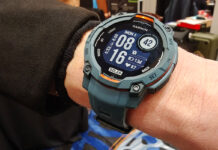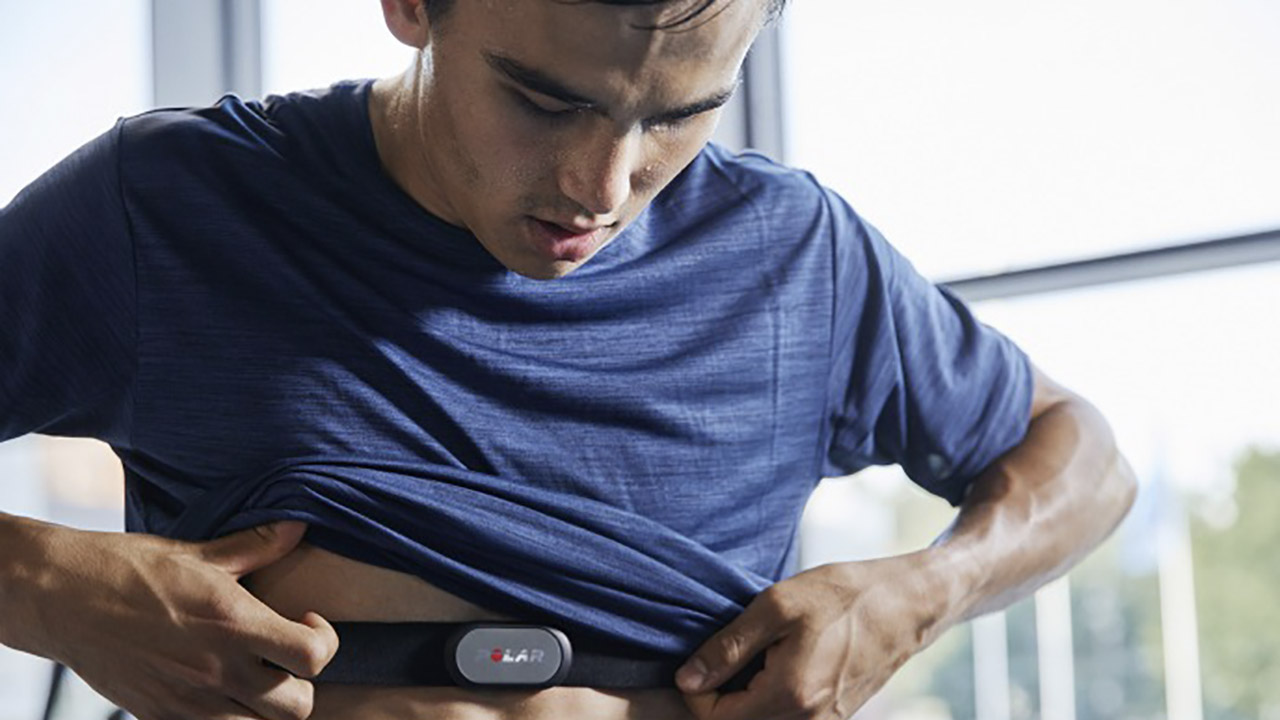
Monitoring your heart has become so important that there is even an occasion to promote it: Heart Health month. This happens every year in February, though it’s important to keep on top of your heart health all year ‘round. A visit to the doctor is essential should you suspect any issues or have concerns. But there’s also connected health and fitness tech you can use at home to help monitor your heart health throughout the year.
In some cases, you can use these gadgets to capture and store historical data over time. You might even want to present the data to your doctor at the next visit. The data you receive from some tech gadgets might even prompt you to set a not otherwise scheduled doctor’s visit to look further into the findings.
So, what tech can you use at home to help monitor your heart health in between those all-important doctor visits? Here’s just a few worth considering.
24/7 monitoring via fitness trackers and smartwatches
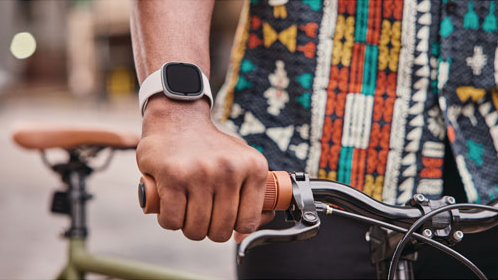
You no longer need to sit still for up to a minute to get a reading of your heart rate: with fitness trackers and smartwatches, you can see what it is 24/7. You don’t have to glance over at your wrist every five minutes. Capturing this data along with other vitals over time allows wearables to keep an ongoing history. This is also used to determine your resting heart rate, which is how efficiently your heart is working. The data will then give you an indication of your overall cardiovascular fitness.
Speaking of fitness, seeing your heart rate during a workout can help you maximize the benefits. You’ll be alerted, with many models, when you reach certain target heart rate zones, like fat burn, cardio, and peak. The latter is 220 minus your age, so a healthy 45-year-old, for example, should have a peak heart rate of about 175. You should only reach this number for about 30 seconds in a workout, if at all (depending on your level of fitness and instruction from your doctor.) If you see you’re there while doing an intense stationary bike workout at home, for example, you can slow down so as not to over-exert yourself.
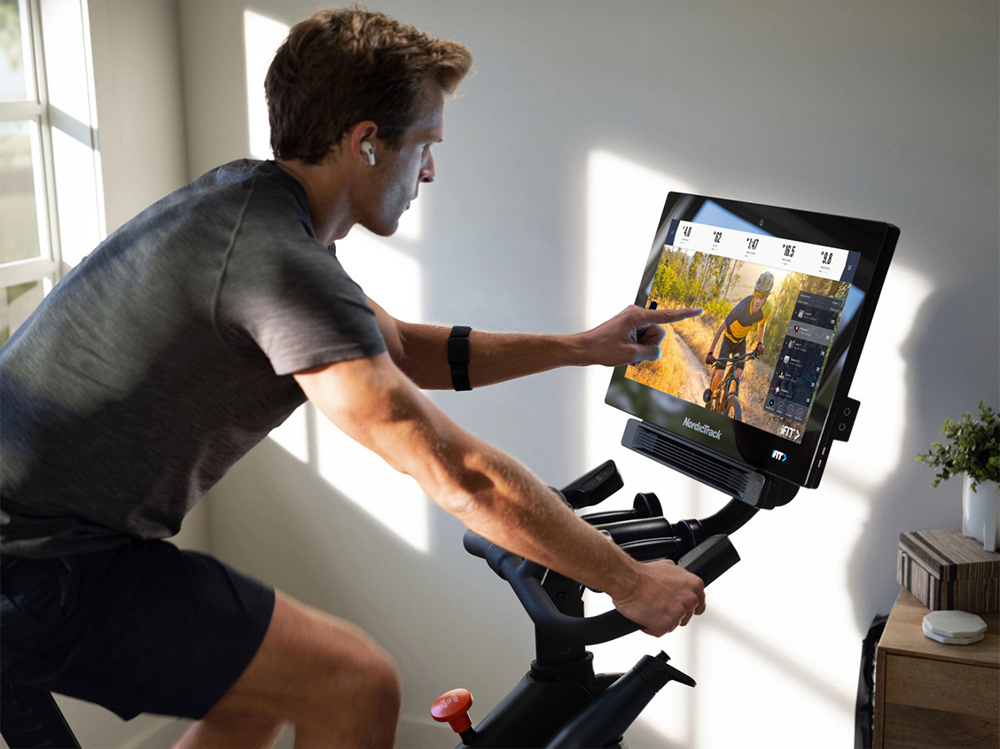
Conversely, if you find your heart rate isn’t rising during a run, you can try to pick up the pace. Always consult with your doctor to avoid over-exertion and to ensure that you are working within your personal parameters. But knowing what numbers are best for you, then having the data right in front of you, can be tremendously beneficial.
It’s also worth noting that some fitness trackers and smartwatches allow you to take an ECG reading by placing your fingers on either side for a minute. This can check for signs of atrial fibrillation (Afib), and some will even send notifications if an irregular heartbeat is detected without reason (e.g. you just did a workout).
Accurate workout readings with chest-based heart rate monitors
Many believe that chest-based heart rate monitors still give you the most accurate reading. While you might not wear one of these all day, you can put it on before a workout, run, or even brisk walk to keep tabs on your heart health. If you’re wearing a fitness tracker or smartwatch, you may even want to compare the data.
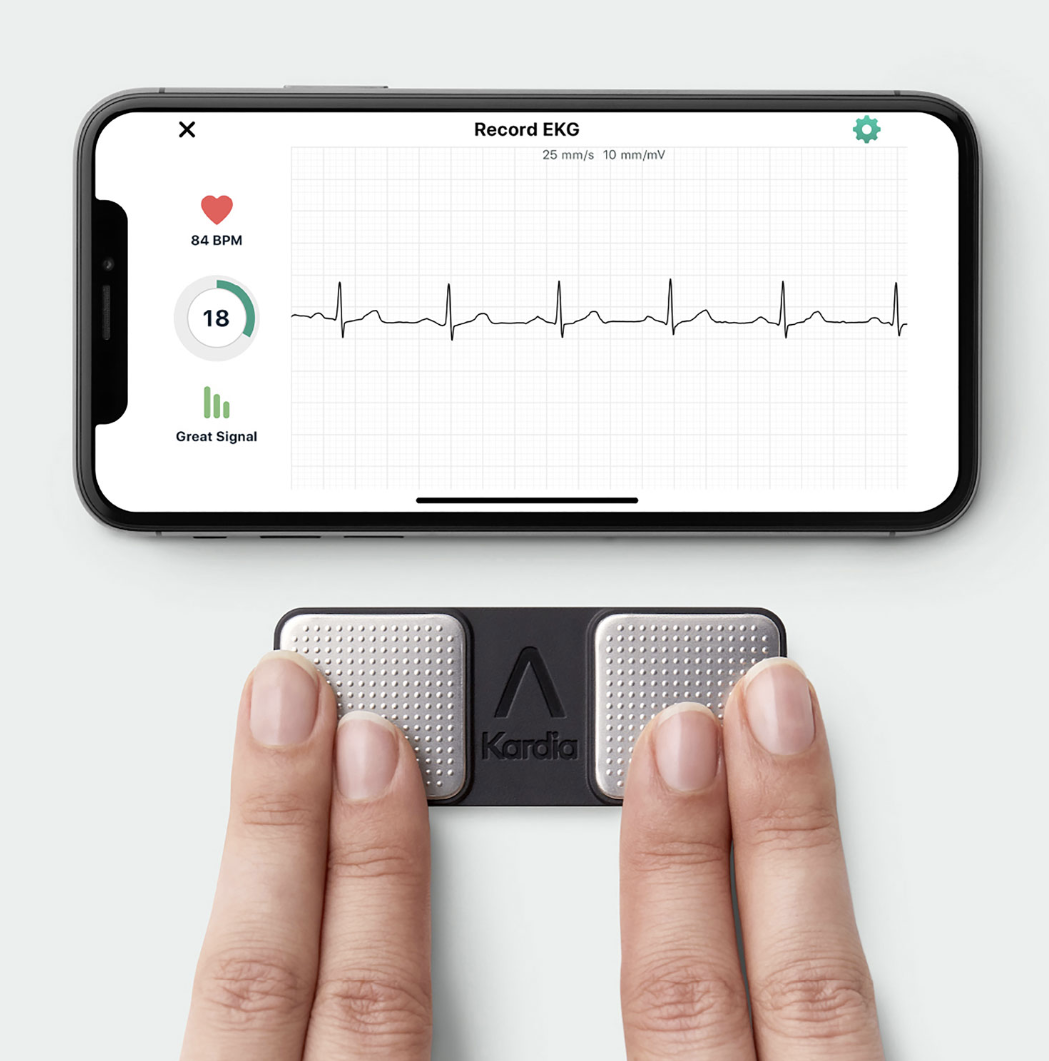 There are personal EKG monitors you can pop in your purse, bag, or even pocket to take with you. Using these small devices, simply place your two fingers on either side to get a reading in 30 seconds.
There are personal EKG monitors you can pop in your purse, bag, or even pocket to take with you. Using these small devices, simply place your two fingers on either side to get a reading in 30 seconds.
This can help detect instances of Afib, bradycardia, or tachycardia, or confirm that you have a normal sinus rhythm. The data is stored in the companion app. Some even allow you to compile everything into an e-mail to send to your doctor or other health professional.
Cook heart-healthy meals
With the price of groceries on the rise, you’ll want to cook at home more versus eating out. You’ll also want to focus on healthier meals while stretching your budget. Depending on your diet and overall health, heart-healthy meals made in small appliances will usually include protein, chicken, oatmeal, fish, beans, and more. Invest in handy small appliances that can help you make these.
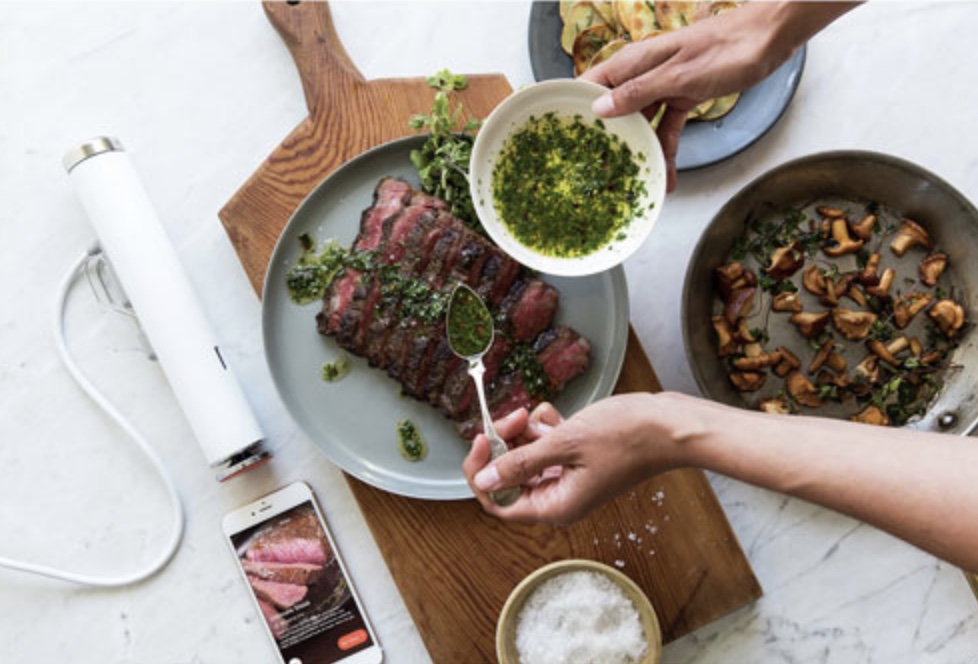 For example, a can of chickpeas with Tahini and other spices you likely already have in your pantry mixed together with a blender, food processor, or immersion blender will yield deliciously homemade hummus. Dip fresh cut vegetables into it or spread it on unsalted crackers or fresh, homemade bread for a healthy snack.
For example, a can of chickpeas with Tahini and other spices you likely already have in your pantry mixed together with a blender, food processor, or immersion blender will yield deliciously homemade hummus. Dip fresh cut vegetables into it or spread it on unsalted crackers or fresh, homemade bread for a healthy snack.
A sous vide machine is a great way to not only experiment in the kitchen with new recipes, but also cook proteins, vegetables, and more, low and slow. This retains the flavour but also important vitamins and nutrients that are good for your overall health, not just your heart.
I find that with a food processor, prep is simplified and you can easily add chopped vegetables to just about any meal. Consider replacing white rice, for example, with cauliflower rice you make in the food processor. Even frozen vegetables can make a quick and delicious side (or main dish!) and cook in a flash in a convection microwave, multicooker like the Instant Pot, or even the air fryer if you want a crispy texture.
Use an air fryer, meanwhile, to enjoy those indulgences you love, like chicken wings, fried fish, and French fries, without all the unhealthy oil required to deep fry them.
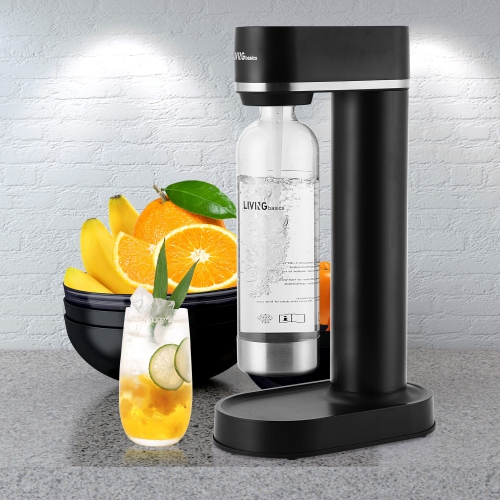 Sub-ins for unhealthy drinks
Sub-ins for unhealthy drinks
With Health Canada’s new guidelines for alcohol consumption, you might want to consider life changes, though you should always consult with a family doctor first.
Nonetheless, if you want to reduce your alcohol intake, replace wine or beer at dinner with a carbonated water-based drink made in a sparkling water maker like the SodaStream. Make it ahead and store it in the fridge with fresh berries, cucumbers, or lemon lime to infuse flavour. Or, add a splash of orange juice for your non-alcoholic take on the Mimosa to have with breakfast.
If you’re deciding to switch to decaf coffee to focus more on your heart health, you can still enjoy a delicious cup at home in a premium coffee maker. Multi-use coffee makers allow you to make a pot of regular coffee for guests, for example, while you use a pod for your own decaf.
Keep on top of heart health all year
Your health and wellness is something you should celebrate, foster, and keep on top of all year ’round. While you don’t have to obsess over things, you can use simple technologies to keep tabs on how you’re feeling and your important vitals and metrics.
When it comes to your heart, taking care of it is the best thing you can do. You can achieve that by getting enough exercise, reducing stress, and eating well. And there’s lots of tech that can help.
See plenty of connected health and fitness tech that can help you focus on your heart health at Best Buy Online.

